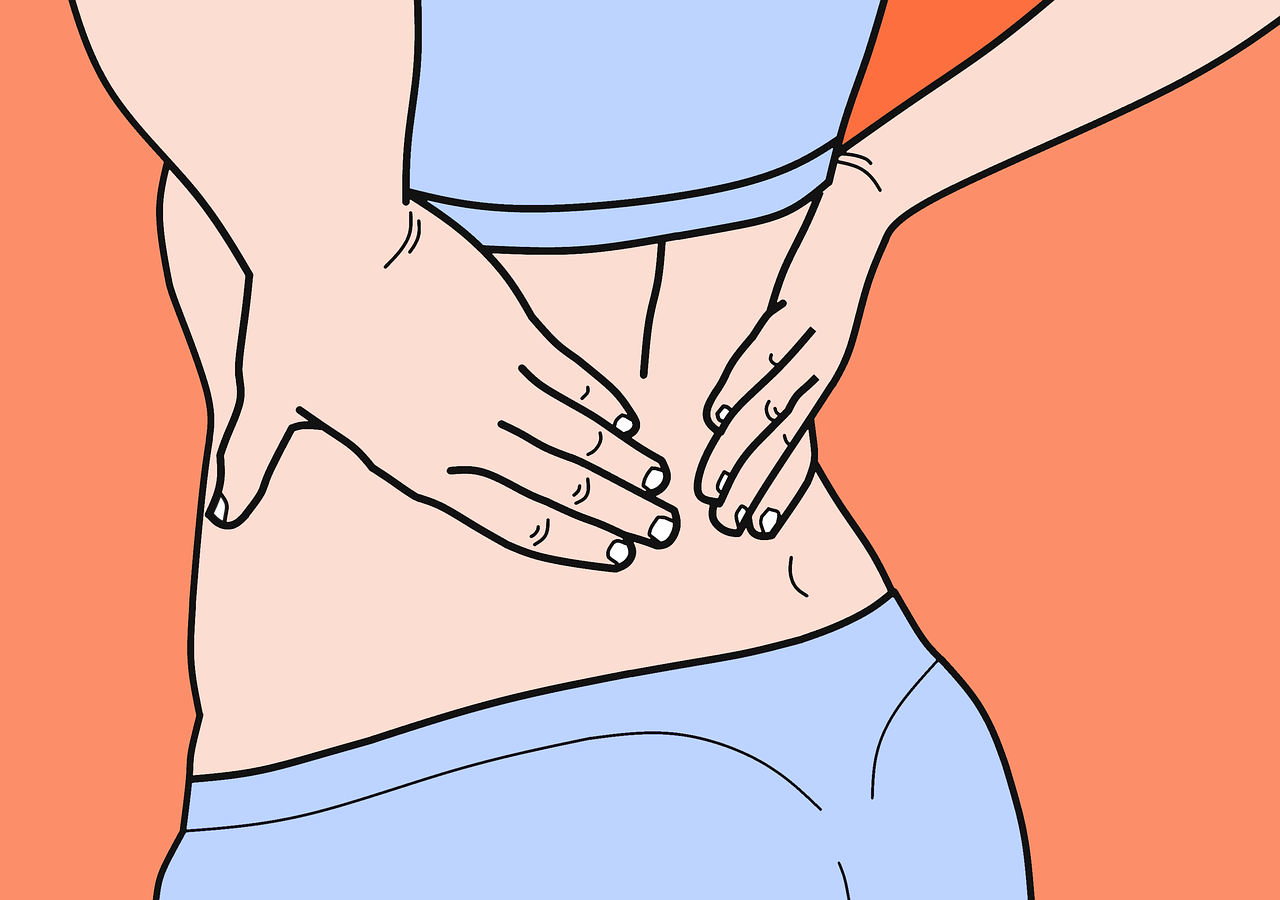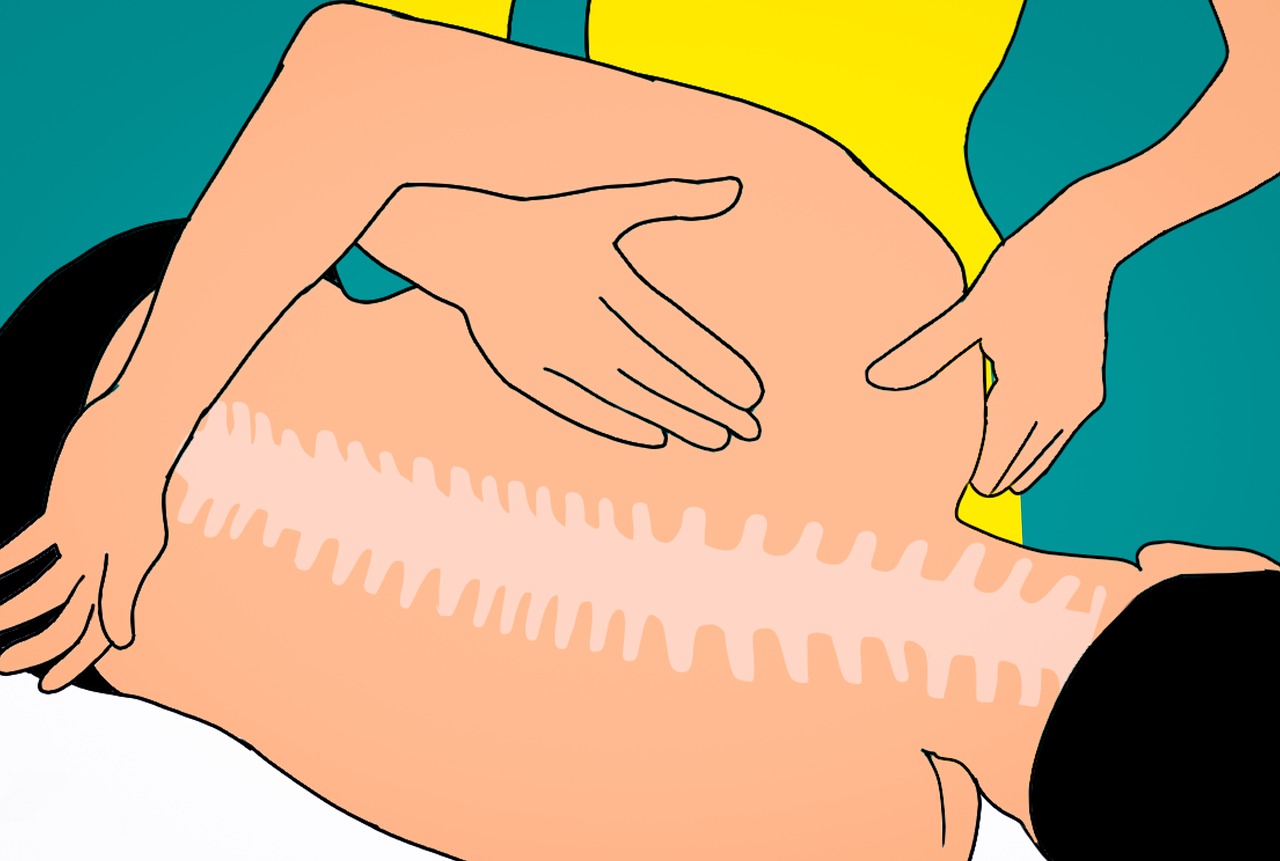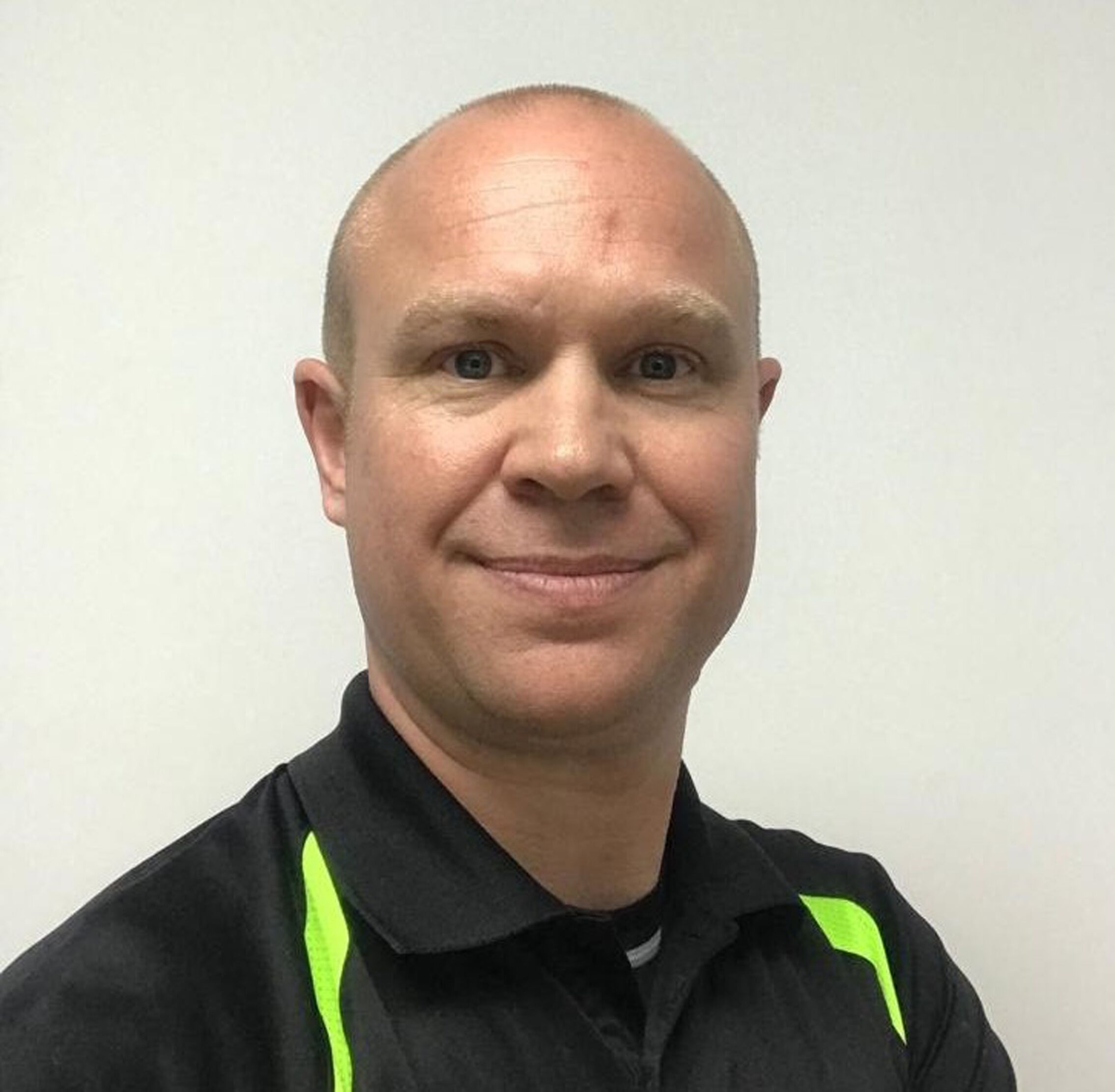Below, osteopath Stephen Haynes tells us how to treat a herniated disc without surgery …
What Is A Herniated Disc?
The term “herniated disc” is not the sort of thing we tend to learn in the classroom at school. It is usually an accidental discovery when one day we find ourselves in agony and a doctor tells us, you have a “herniated disc”!
We often think of spines like a stack of cotton reels, with sponge like cushions between them surrounded by soft tissues. The cotton reels are the bones and the cushions are the discs which act as shock-absorbers. If the centre or nucleus of a disc pushes out or passes through the wall of the disc, this is a herniated disc.
It can be a frightening term to hear. The good news is that most herniated discs will resolve and can be treated without surgery. Only a very small percentage of herniated discs go onto have surgery.
This article helps to explain the various options for treating a herniated discs; from manual therapy to non-invasive IDD Therapy disc treatment as well as consideration of when surgery is the right option.
When A Disc Herniates
At any given time, we may have discs bulging out of shape. When the nucleus of a disc pushes out and even passes through the walls of the disc, we call this a herniated disc of disc herniation. Pain can strike immediately.
A variety of factors can cause the pain. Many disc herniations have no symptoms. But, if the disc presses onto one of the nerves exiting the spinal column, it can cause pain. For a disc herniation in the lower back, that nerve pain can shoot down the buttocks or legs. If there is a herniation in one of the discs in the neck, then this can cause pain down the arms as nerves leave the neck and travel down to our hands.
Another mechanism comes from muscle spasm. When the body senses an injury, it can “lock up”. That is, it contracts all the muscles around the injury to prevent any further movement. This spasm mechanism is protective, however it can be extremely painful in the back and any movement can cause intense pain.
When a disc herniates, the body has a natural “inflammatory” response to heal an injury. Inflammation is a good thing, but if pain persists, the inflammation can be a source of pain in itself. This is why we often take anti-inflammatories to dampen down the inflammation which can be causing irritation to the nerves. Once the inflammation subsides and the body starts to heal, the back can relax and we start to move more freely.
The amazing thing about body is its capacity to heal itself. Movement is vital to this process and once we start moving again, in many cases the pain subsides and the episode passes.
However, if the pain persists and movement is restricted, pain can persist. At this point it helps to know the appropriate treatment steps. The sooner the injury is dealt with, the better the chances of complete resolution of the problem
Hands On Treatment and Exercise
Different manual therapists work in slightly different ways. As an Osteopath and similarly to other professions, I am interested to look at the overall function of the body. A herniated disc can be causes by a sudden injury. Usually however, it is the result of something built up over time.
It can be a lack of a movement in the spine from long days spent sitting with poor posture. This can cause certain joints to seize up. It can also make certain muscles shorten and change the dynamic of the way forces go through the discs.
As an Osteopath I can use stretching techniques to ease the muscle spasm and then use my hands to move the joints, to mobilise them. This mobilisation is important to free the movement and allow the body’s natural healing mechanisms to operate.
A herniated disc is not purely about the spine. It is important to look at the hips and the whole body. If one part of the body is not moving properly, this can mean that certain movements and thus additional forces pass through the back.
Not many people get excited about the word “exercise”. I hear the groans when I use the term in clinic regularly. But exercise needn’t conjure up images of PE class on a Monday morning!
Our goal is to get movement back in the spine, to free the joints and loosen soft tissues.
We need to get movement back in the spine and start to address structural imbalances. Simple exercises to strengthen the muscles will help to support the spine and ease pressure on the disc. That creates an environment for the body to heal itself and repair the injured disc.
IDD Therapy Disc Treatment
Disc herniation usually occurs at a specific level. The two discs at the base of the spine – L5S1 and L4L5 – are the most common to suffer herniation. The spinal segments are extremely strong and if they become stiff over a long period of time, it can be difficult to take pressure off the disc and get the segment moving again.
IDD Therapy is a mechanical tool which allows us to decompress and mobilise targeted spinal segments. This therapy addresses the failings of earlier traction treatment. The key with IDD Therapy is it works at the specific spinal segment.
We connect patients to the Accu SPINA machine with ergonomic harnesses. Then using computer-controlled pulling forces, IDD Therapy directs a pulling force to a targeted level to gently open the space between two vertebrae and to relieve pressure on the disc and nerves. At the same time, the system gently oscillates the forces, which stretches and mobilises the soft tissues.
The combination of decompression and mobilisations helps to take pressure off the disc and restore mobility. The treatment forces applied are progressively increased as the body adapts.
The good news is IDD Therapy is extremely comfortable and suitable for people of all ages. Most patients go to sleep! We combine IDD Therapy with manual therapy and exercise and patients have a course of treatments over a six week period. The aim being to relieve pain and create a platform for long term healing.
IDD Therapy is suitable for most patients with an unresolved herniated disc. The exceptions being if people are pregnant, have metal implants in their spine or they have severe osteoporosis. If a patient has severe weakness in their legs or the herniated disc is causing incontinence, then we would refer them immediately to a consultant.
Surgery
Surgery is a last resort for a herniated disc when manual therapy and IDD Therapy haven’t helped. When the pain is so severe and unresolved, or if the nerve pain is causing weakness in the leg, then surgery can be carried out to remove the part of the disc pushing on the nerve.
Surgery can relieve the leg pain instantly. However it is not routine, because there are risks. Also, surgery doesn’t address the underlying causes of the compression – immobility in the spine and weakness.
Hence it is so important to have full rehab when a patient undergoes surgery for a herniated disc.
Life After A Herniated Disc
If weakness and a lack of movement contributed to the disc herniation, it goes without saying that certain lifestyle changes will make a big impact on preventing a recurrence of the problem. Gentle activity like walking helps, many people will also find specific exercise classes to stay flexible and strong, such as Pilates will benefit. Of course, we want people to be more aware of their posture and hydration.
Most people fully recover from a herniated disc. However it is important people get the right advice from a registered professional. The goal of most practitioners is to help people out of pain and onto a path of long term wellbeing.
About the Author …
Stephen Haynes is an Osteopath and IDD Therapy provider, and Clinical Director of Active Therapy Clinic in Cirencester Gloucestershire.
‘Intervertebral Differential Dynamics” or IDD Therapy is the fastest growing non-surgical spinal treatment for intervertebral discs. Safe, gentle and non-invasive, IDD Therapy helps patients who need something more for their pain when manual therapy alone is insufficient.






